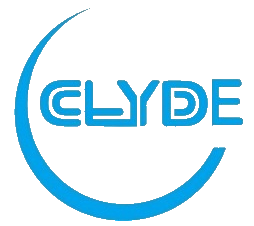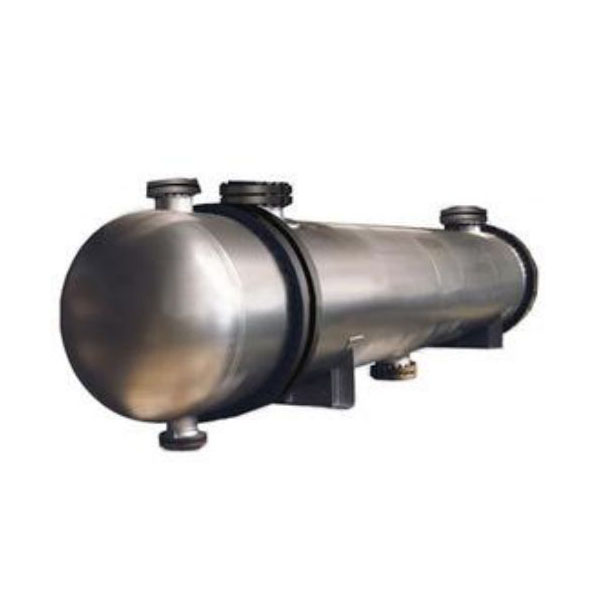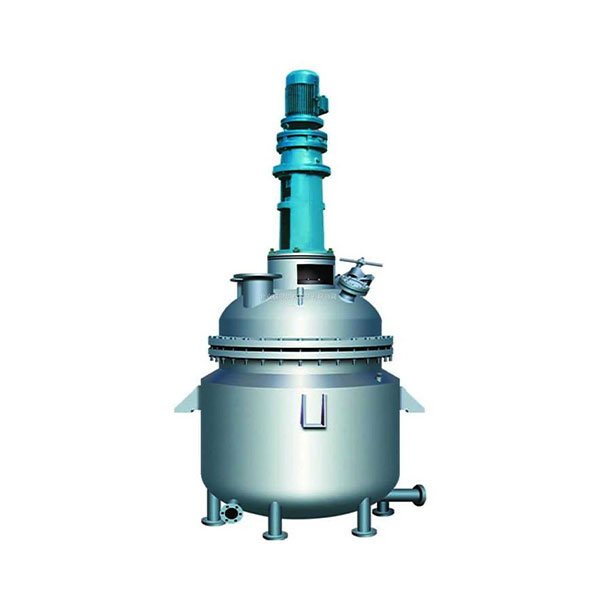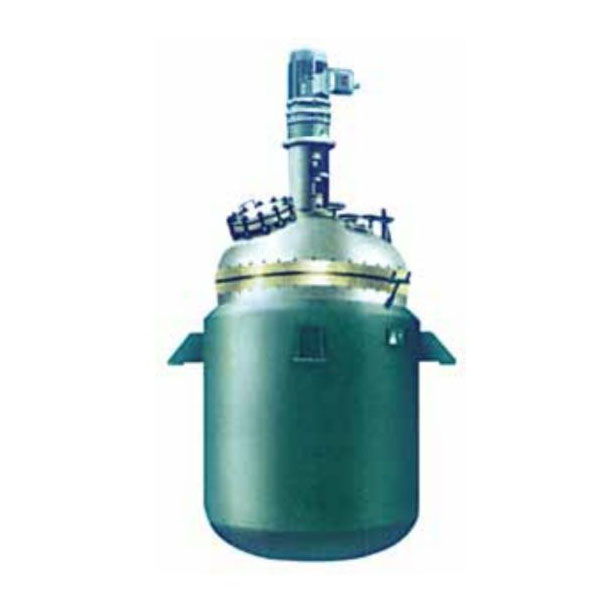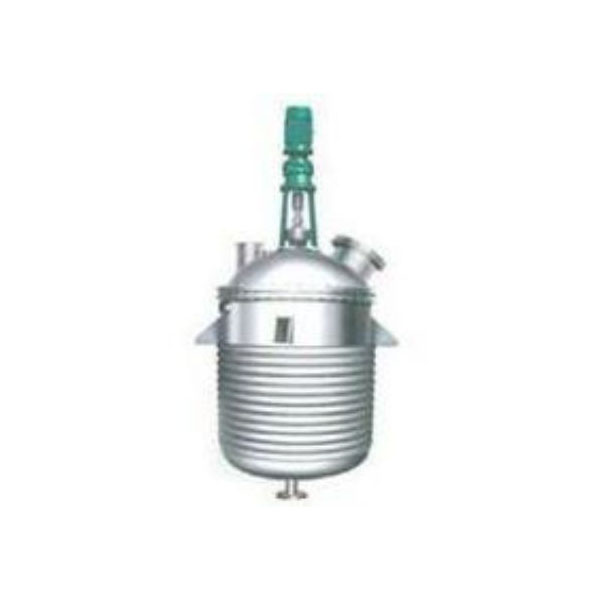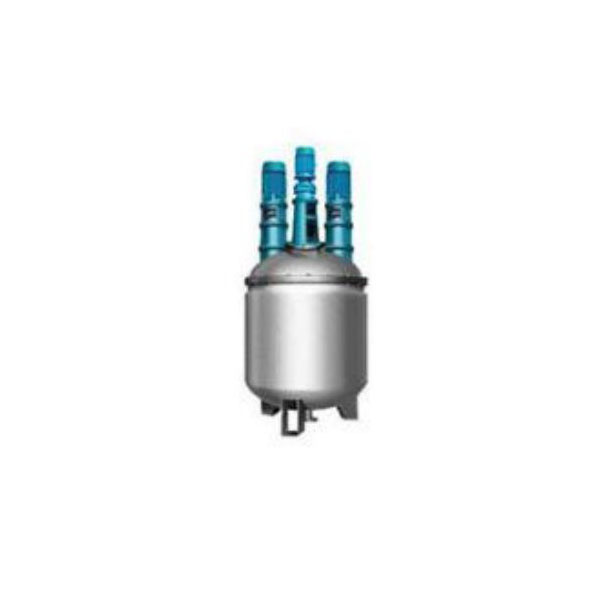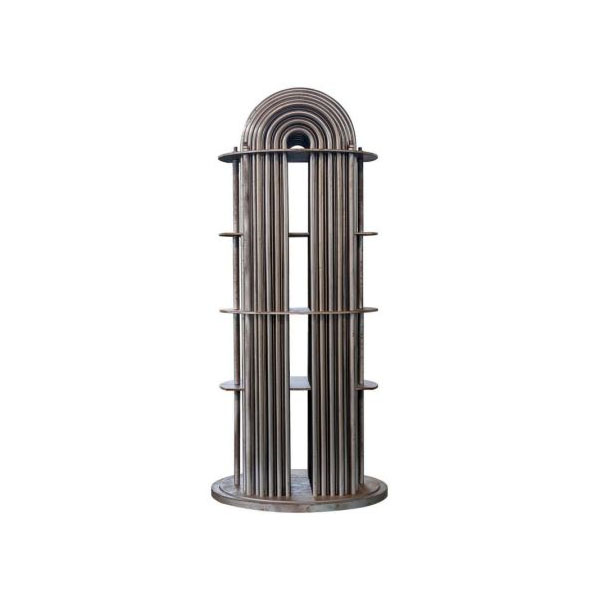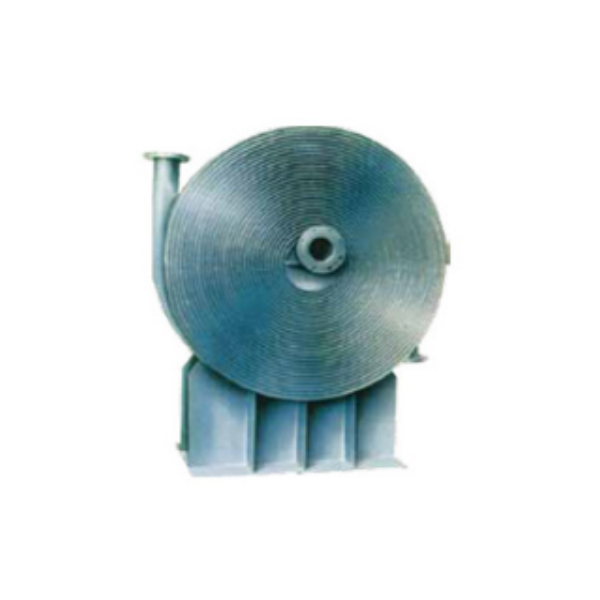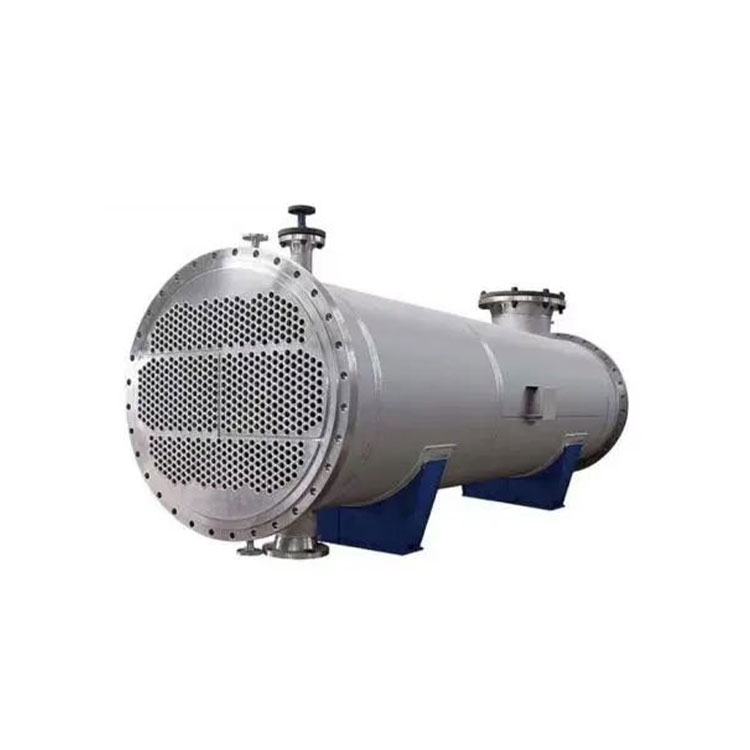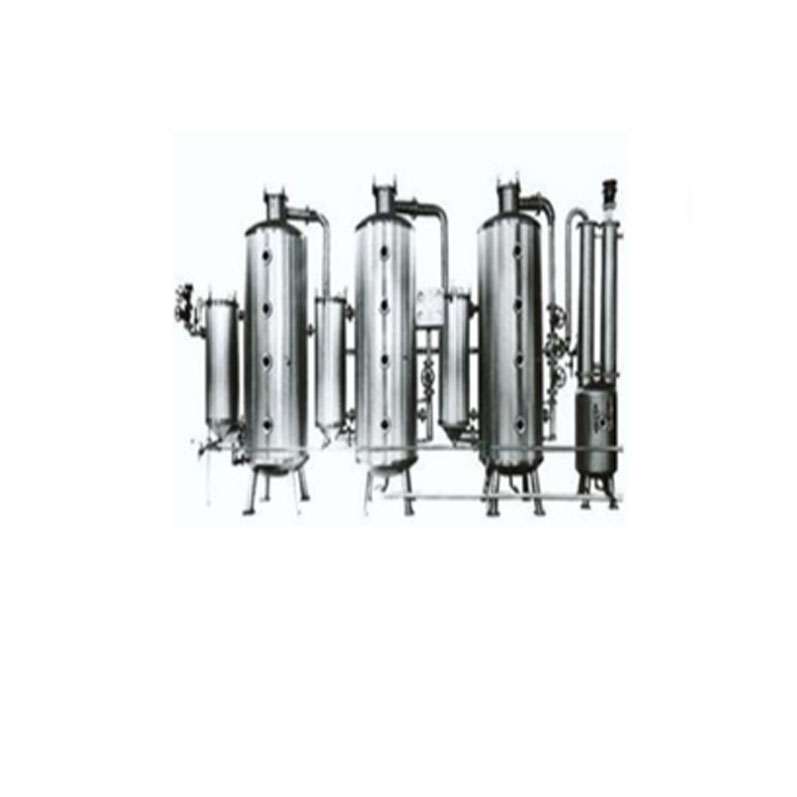0102030405
External Heating Triple Effect Vacuum Evaporator
Introduction to Three Effect Evaporator
A three effect evaporator is a type of evaporator, mainly composed of three evaporators. During operation, a three effect evaporator requires the pressure of the aftereffect and the boiling point of the solution to be lower than that of the pre effect evaporator. The secondary steam of the pre effect is introduced as the heating medium for the aftereffect, and the heating chamber of the aftereffect becomes a condenser for the secondary steam of the pre effect. Generally, the first effect requires the consumption of raw steam.
Composition of three effect evaporator
The three effect evaporator mainly consists of three sets of evaporators connected in series, including evaporators, condensers, salt separators, and replication equipment, forming a complete three effect evaporation system in series.
Working principle of three effect evaporator
The material that needs to be evaporated enters the first effect heater for heating through the feed pump, then enters the evaporation chamber for evaporation. Gas liquid separation is carried out in the separator, and the solution flows into the suction port of the circulation pump from the bottom of the separator. The circulation pump is used to send it to the heater and separator for circulation and evaporation. The evaporated steam enters the condenser and is fully condensed.
In the evaporative heat exchange chamber, external steam liquefaction generates latent heat of vaporization, which heats the wastewater. Due to the high pressure in the evaporative heat exchange chamber, the material is heated to overheating at a pressure higher than the normal boiling point of the liquid in the evaporative heat exchange chamber. After the heated liquid enters the crystallization evaporation chamber, the pressure of the material rapidly decreases, causing some aqueous solutions of the material to flash or boil.
The steam from the evaporated wastewater enters the secondary evaporator as a power evaporator for heating, while the unexpired wastewater and salt are temporarily stored in the crystallization evaporation chamber. The first effect, second effect, and third effect evaporators are connected through a balance tube. Under negative pressure, high salinity wastewater or materials flow sequentially from the first effect to the second and third effects. The wastewater is continuously evaporated, and the salt concentration in the wastewater increases. When the salt content in the wastewater exceeds the saturation state, the salt in the water will continuously precipitate and enter the lower salt collection chamber of the evaporation crystallization chamber. The entire process repeats, achieving salt water separation.
The condenser is connected to a vacuum system, which extracts the uncondensed gas generated in the evaporation system, keeping the condenser and evaporator in a negative pressure state and improving the evaporation efficiency of the evaporation system. Under negative pressure, the secondary steam generated by the wastewater in the three effect evaporator automatically enters the condenser. Under the cooling of the circulating cooling water, the secondary steam generated by the wastewater material quickly transforms into condensate. The condensate can be continuously discharged and recycled to the reuse water tank.
Characteristics of Three Effect Evaporator
1. Energy saving
Using evaporated steam as energy to reduce equipment consumption.
2. Fast speed and good discharge quality
Not only does it have strong evaporation ability, but it also has a fast water output speed.
3. Reduce the occurrence of blockage and scaling
Setting a swirl plate inside the evaporator can improve the heat transfer coefficient of the system and reduce the occurrence of blockage and scaling.
